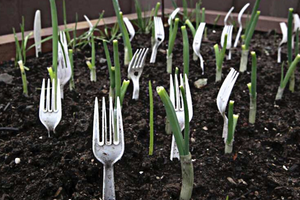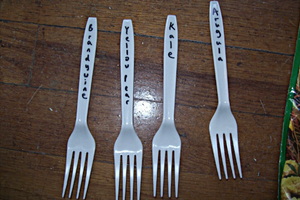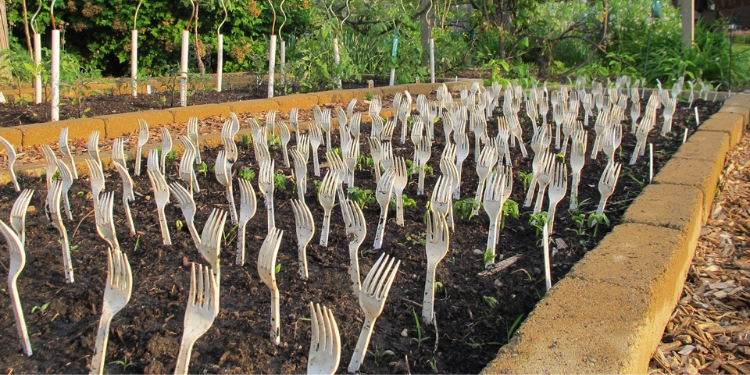Food gardens have been an existing self-provisioning practice in families for centuries now.
Since their first appearance in the urban context in 1760, it has only been gaining more popularity and importance.
During the first world war when the government encouraged US citizens to start gardens.
In the 1930s, when the Great Depression hit hard, people had to turn to planting their own food to escape poverty and starvation.
Nowadays, times are getting more and more unstable. Vegetable gardens are not only great for surviving in times of crisis but can also provide you with fresh foods and scarce elements in your region.
It is also considered a relaxing activity, either to spend some quality time with your family or to do by yourself.
As a prepper and gardener, being able to produce everything you consume within a whole year will save a lot of money.
Related: How Was Your Gardening Season?
To start a vegetable garden, start by designing your space. Choose a spot that is spacy enough, depending on the quantity and size of what you are choosing to plant.
The spot should also be getting a fair amount of sunlight during the day (at least 8 hours), as most vegetables need a lot of direct sun to best harvest.
Next, decide on what to plant. Pick something relatively easy to grow, such as tomatoes, cucumber, or even spinach.
Take into consideration the space you have, the time of the year, and of course, your needs and preferences. For more helpful information, check out this guide on how to make a year-round self-sustaining garden.
Why You Should Put Plastic Forks In Your Vegetable Garden
This is my favorite gardening tip. Plastic forks could be a multifunction tool in your garden. I’ll mention here some of their uses.
Keeping Animals Away
 Your pets keep ruining your garden, digging the soil, running over your vegetables.
Your pets keep ruining your garden, digging the soil, running over your vegetables.
Plastic forks are great to keep pets and wild animals away. Just stick them in the ground of your garden, placing them some inches apart to prevent animals from stepping over them.
Keeping Plants Still
Getting your plants to stay down can be a struggle. Plastic forks can help you with that.
Insert the tines of the fork into the ground around the plants to hold properly and push down. It will keep your vegetables and plants in place for you.
Related: The 24 Highest Calorie Vegetables for Your Survival Garden
Remember to adjust the forks from time to time to make sure that they are still securely planted. If your garden is small, regular plastic forks will do the job, but as you get more plants, you may want to consider switching to garden forks for a better grip.
Labeling Plants
 Forks can also be used as a cheaper labeling alternative…
Forks can also be used as a cheaper labeling alternative…














